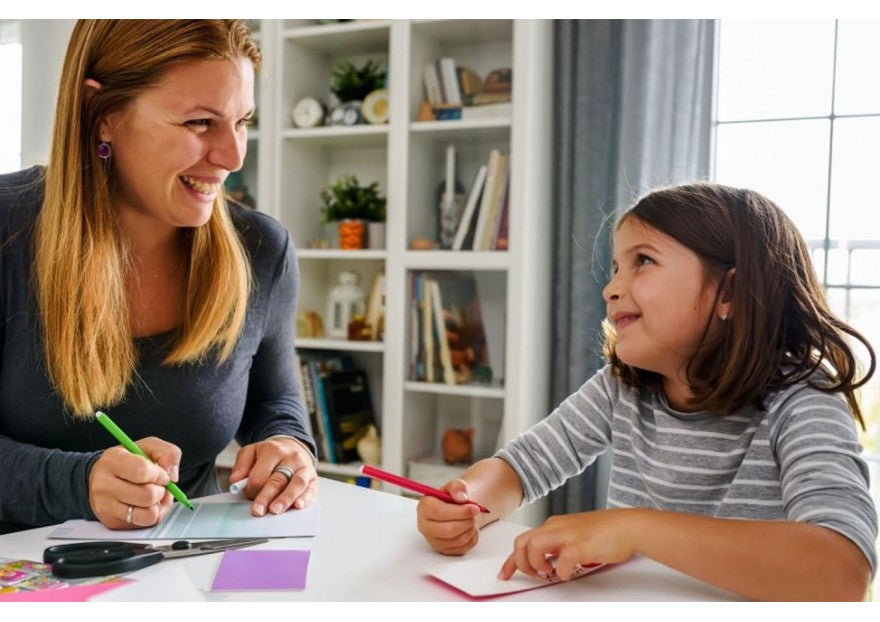Too often, kids want more. They don’t come with gratefulness wired in. Gratitude—for their lives, privileges, toys, clothes, and more—comes only with painstaking practice that their parents encourage. If you’re struggling with your child, read how to teach kids to be grateful for what they have to better them as people.
Have Them Journal About What They’re Grateful For
Practicing gratitude requires careful attention to the task. While your kids won’t be immediately excited about writing down what they’re grateful for, giving them a journal to do just that every day will train their habit of gratitude. Writing these things down—their new toys, their family members, and more—makes it more likely they’ll keep these occasions for gratitude in mind. When they complete a journal, you can make it a tradition to review everything they’ve written together so they can understand all they have to be thankful for.
Do Without
Another way to teach kids to be grateful for what they have is to have them go without for a while. There are several ways you can do this. For one, during holidays when they may expect gifts, you can donate to a charity instead. In general, lessening how often they get gifts will help them appreciate the ones they do get. Also, exposure to causes outside of themselves gives them a consciousness of others’ needs relative to their abundance and comfort.
This doesn’t have to be during a holiday, though. You can, as a family, go without watching television or eating at a restaurant for a time. Doing it as a family helps them understand what it looks like to not have certain privileges. If you feel they can handle it, you can challenge them to adapt the practice to more things they commonly use. For example, going camping in a remote area without plumbing can teach them gratitude for their home.
Serve People in Need
While doing without helps, seeing others who lack basic necessities may be more effective at teaching kids gratitude. Consider buying wholesale bookbags and donating them to a school or shelter that needs them. It’s vital that you bring your kids along to deliver these bookbags or other supplies you donate so they can interact with kids their age who can’t afford school supplies.
Otherwise, volunteer with your children to give them this kind of exposure. This gives them an appreciation for their own belongings and loved ones while encouraging them to give back to those who are not as fortunate.

